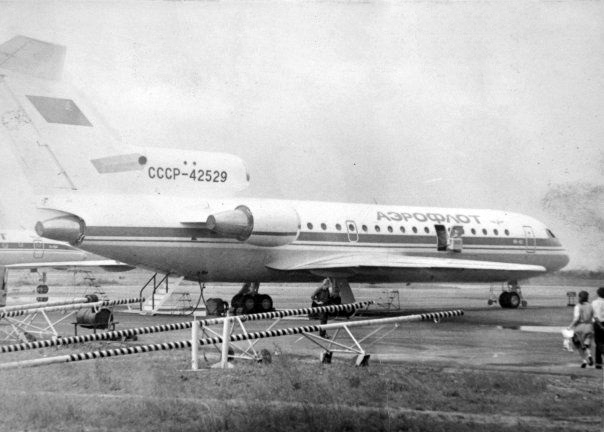Country
Crash of a Yakovlev Yak-42 near Katerini: 70 killed
Date & Time:
Dec 17, 1997 at 2112 LT
Registration:
UR-42334
Survivors:
No
Schedule:
Lvov - Odessa - Thessaloniki
MSN:
26 06 164
YOM:
1986
Flight number:
AEW241
Crew on board:
8
Crew fatalities:
Pax on board:
62
Pax fatalities:
Other fatalities:
Total fatalities:
70
Captain / Total hours on type:
2300.00
Copilot / Total hours on type:
5350
Aircraft flight hours:
12008
Aircraft flight cycles:
6836
Circumstances:
AeroSvit Airlines Flight 241 was a scheduled service from Kiev, Ukraine to Thessaloniki, Greece with an en route stop at Odessa, Ukraine. The first leg of the flight was operated by a Boeing 737. Because of engine problems, an aircraft change had to be made at Odessa. The last leg of the flight was carried out using a Yakovlev 42 (UR-42334), which was being chartered from Lvovskie Avialinii. The flight crew had no previous experience in flying to Thessaloniki. The flight was dispatched from Odessa with the No 1 VHF/NAV receiver inoperative, which was contrary to the minimum equipment list (MEL), and took off at 17:23 hours UTC. The weather conditions at Thessaloniki Airport were above required approach and landing minima, however, darkness and an overcast cloud layer obscured awareness of mountainous terrain in the area. The flight was instructed by the approach controller to conduct the LAMBI1F standard arrival procedure and was cleared to execute a VOR-DME-ILS approach to runway 16. The aircraft did not follow the "19 DME arc" as required by the approach procedure, but proceeded directly to the THS NDB. It overshot the localizer course at least twice and the flight crew were unable to establish a stabilized approach. According to the CVR cockpit conversations, the flight crew was confused and uncertain with respect to the navigation aids and the information that was presented. During the approach there were no standard callouts made by the flight crew related to the glide slope, outer marker or minima. At 18:54 UTC the Thessaloniki Tower controller reported that they had passed the airport. The flight crew was unaware that they overflew the runway until they were informed by the controller. The flight crew then initiated a go-around but did not follow the published missed approach procedure, nor did they follow the instructions given by the ATC. Although instructed by ATC to proceed to, and enter the south holding pattern, the flight continued on a flight path to the west. The flight crew remained confused, disorganized, and disoriented during the missed approach and the subsequent clearances issued by ATC. They had lost situational and terrain awareness, and they were uncertain with respect to the radio navigation aids and the information that was presented. They also requested "route vectors" and "heading" twice although Thessaloniki Airport was a non-radar facility. The flight crew occasionally was confused in reading and reporting the correct distances on their DME equipment (miles to kilometers and vice versa) as their instruments displayed distances in kilometers. The flight crew in their effort to solve the navigational problem, often switched their focus from VOR/DME information to ADF, and vice versa. This, in conjunction with the VHF/NAV receiver malfunction, contributed greatly to the confusion in the cockpit and to the loss of orientation. At 19:12 UTC the GPWS sounded for 4 seconds. At the same time the approach controller radioed: "AEW number one, continue VOR-DME/ILS approach minima, continue and report approaching the outer marker". The crew replied: "Outer marker will be report`. After a while the approach controller asked: "AEW-241, do you have the field in sight?". At that time the GPWS sounded again. Shortly afterwards the aircraft impacted the side of Mount Pente Pigadia at 3300 feet. The wreckage was found at 10:30 hours, December 20. At the same date a Greek Air Force Lockheed Hercules, which was being used in the search, crashed, killing all 5 on board. On October 6, 2000 a trial began with two air traffic controllers being accused of many counts of manslaughter and of violating the transportation regulations. They were sentenced to five years imprisonment. In December 2002 a Thessaloniki appeals court reduced the sentences of two air traffic controllers to four years and four months each.
Probable cause:
Causes:
1. The failure of the flight crew to adequately plan and execute the approach and missed approach procedure for runway 16 at Makedonia airport.
2. The failure of the flight crew to properly utilize the Makedonia airport radio navigational aids and aircraft radio equipment / instruments and to interpret the information that was presented.
3. The failure of the flight crew to declare an emergency when they lost their orientation following the missed approach, despite numerous cues alerting them for the aforementioned situation.
4. The captain's failure to achieve maximum performance climb in response to the GPWS alarm signal, 30" prior to impact.
5. The lack of command presence, cockpit discipline and resource management which resulted in a disorganized, confused and ultimately dysfunctional flight crew.
6. The company's inadequate oversight, over their flight operations, that allowed for and resulted in scheduling one inadequately prepared and marginally qualified flight crew and an aircraft which did not comply with national and international airworthiness regulations (it had not been issued the Type Certificate with the corresponding Amendment for the international flights), to execute a regular passenger flight with No 1 VHF/NAV receiver inoperative.
Contributing Factors:
1. The inadequate training provided to the flight crew for cockpit resource management and international flight operations.
2. The dispatch of the aircraft with No 1 VHF/NAV receiver, inoperative, despite the restrictions provided in M.E.L. (Appendix 28, pages 14, 16).
3. The assignment of a marginally qualified instructor pilot to this specific flight who disrupted and substantially reduced the coordination and effectiveness of the flight crew.
4. The inaccurate display of the symbol (R) on the Jeppesen Sanderson Inc. chart 11-1, for runway 16, from which the flight crew, most probably, have formed the wrong impression that radar service was available in Makedonia airport.
5. The insufficient evaluation by the Approach Control, under the aforementioned circumstances, of the difficulties encountered by the flight crew in following procedures and clearances, which prevented the Controllers to offer any available assistance, by their own initiative, in order to prevent, probably, the accident.
1. The failure of the flight crew to adequately plan and execute the approach and missed approach procedure for runway 16 at Makedonia airport.
2. The failure of the flight crew to properly utilize the Makedonia airport radio navigational aids and aircraft radio equipment / instruments and to interpret the information that was presented.
3. The failure of the flight crew to declare an emergency when they lost their orientation following the missed approach, despite numerous cues alerting them for the aforementioned situation.
4. The captain's failure to achieve maximum performance climb in response to the GPWS alarm signal, 30" prior to impact.
5. The lack of command presence, cockpit discipline and resource management which resulted in a disorganized, confused and ultimately dysfunctional flight crew.
6. The company's inadequate oversight, over their flight operations, that allowed for and resulted in scheduling one inadequately prepared and marginally qualified flight crew and an aircraft which did not comply with national and international airworthiness regulations (it had not been issued the Type Certificate with the corresponding Amendment for the international flights), to execute a regular passenger flight with No 1 VHF/NAV receiver inoperative.
Contributing Factors:
1. The inadequate training provided to the flight crew for cockpit resource management and international flight operations.
2. The dispatch of the aircraft with No 1 VHF/NAV receiver, inoperative, despite the restrictions provided in M.E.L. (Appendix 28, pages 14, 16).
3. The assignment of a marginally qualified instructor pilot to this specific flight who disrupted and substantially reduced the coordination and effectiveness of the flight crew.
4. The inaccurate display of the symbol (R) on the Jeppesen Sanderson Inc. chart 11-1, for runway 16, from which the flight crew, most probably, have formed the wrong impression that radar service was available in Makedonia airport.
5. The insufficient evaluation by the Approach Control, under the aforementioned circumstances, of the difficulties encountered by the flight crew in following procedures and clearances, which prevented the Controllers to offer any available assistance, by their own initiative, in order to prevent, probably, the accident.
Final Report:
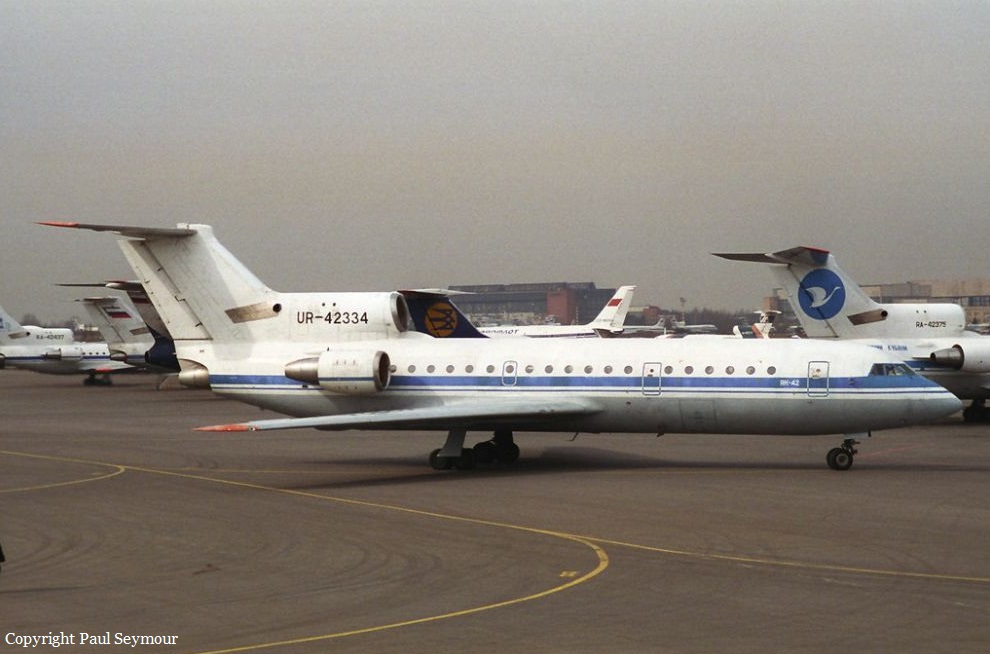

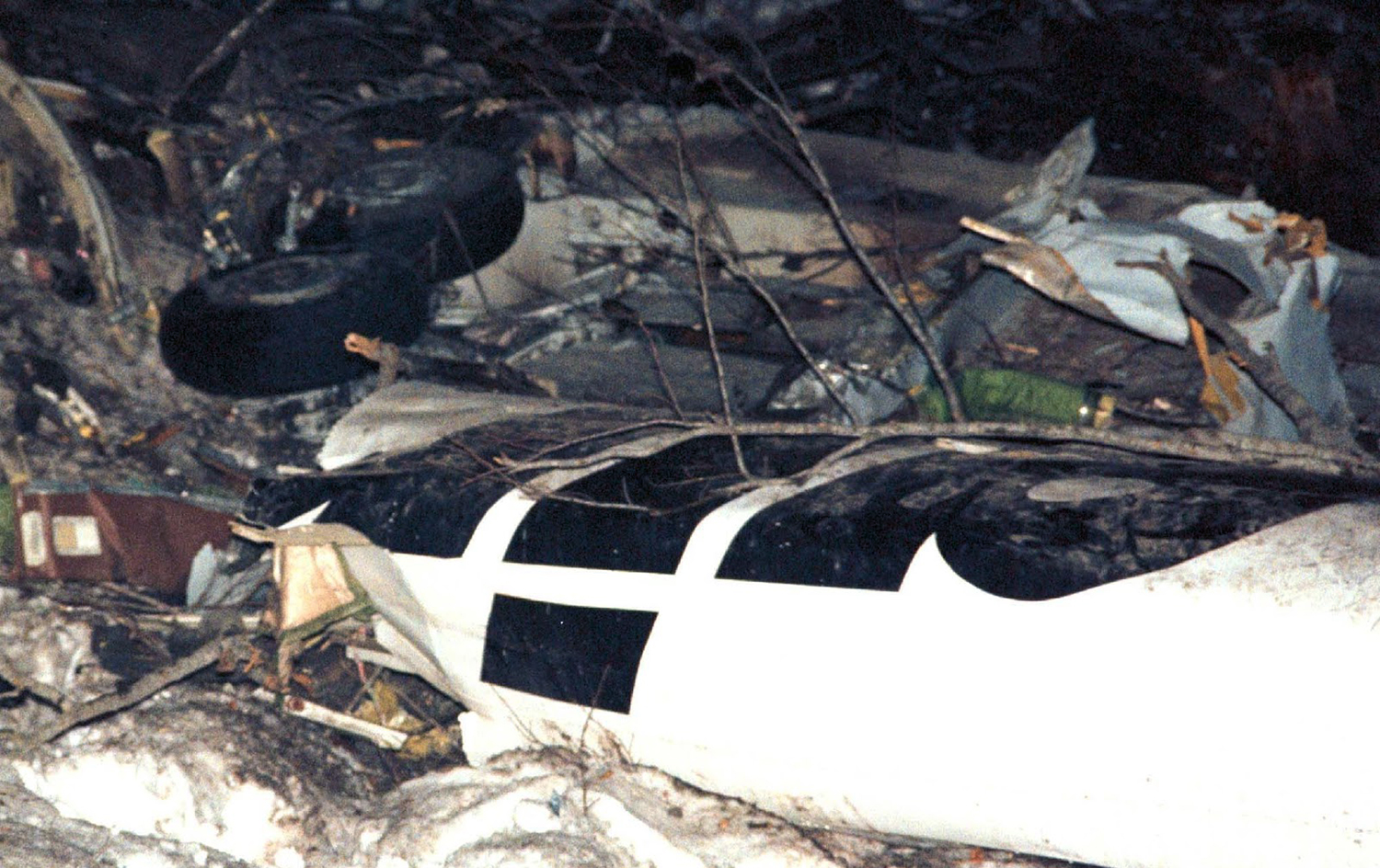
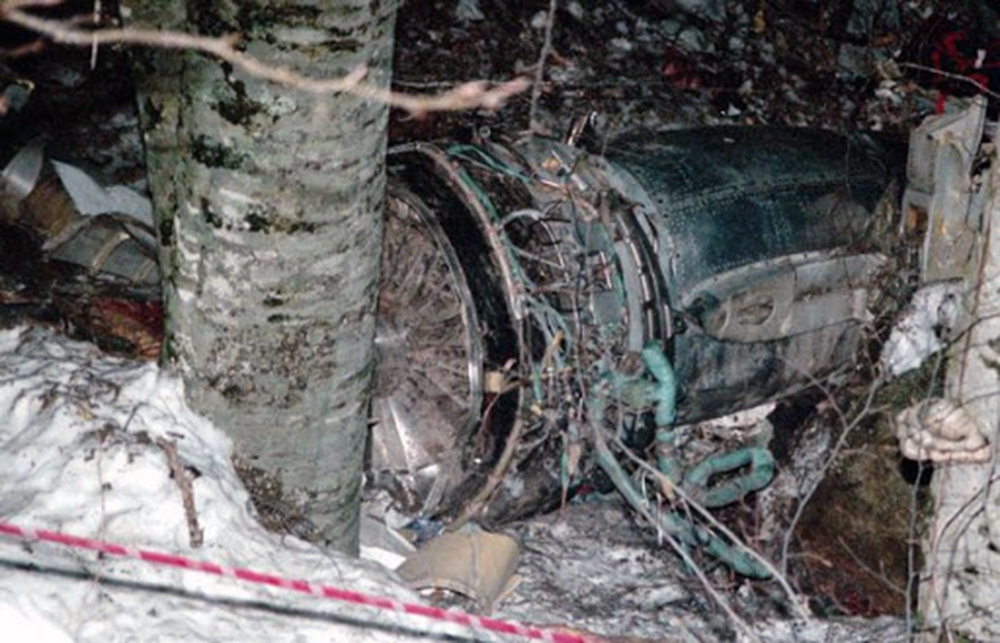

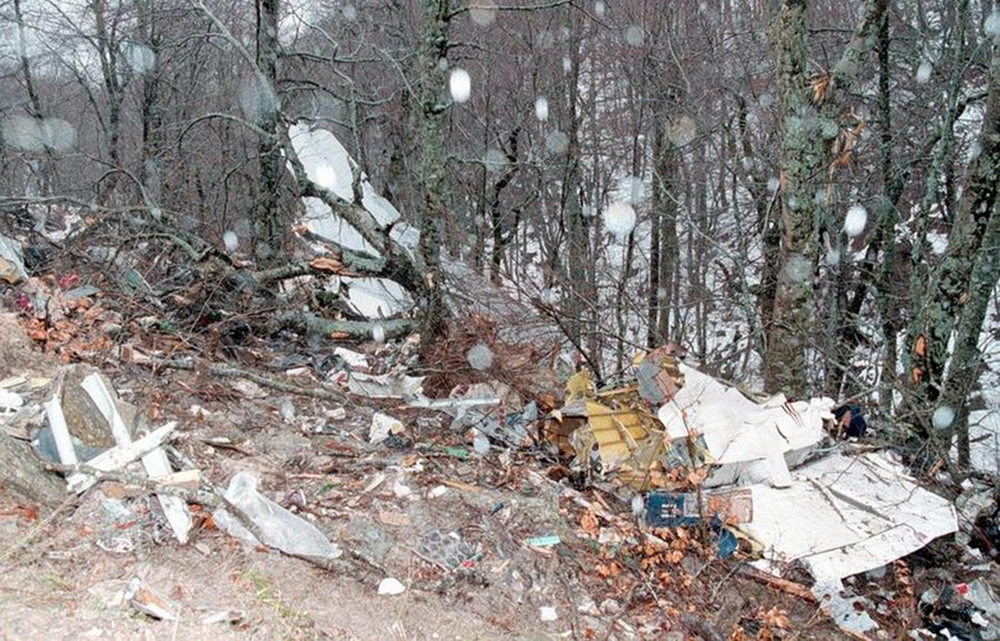


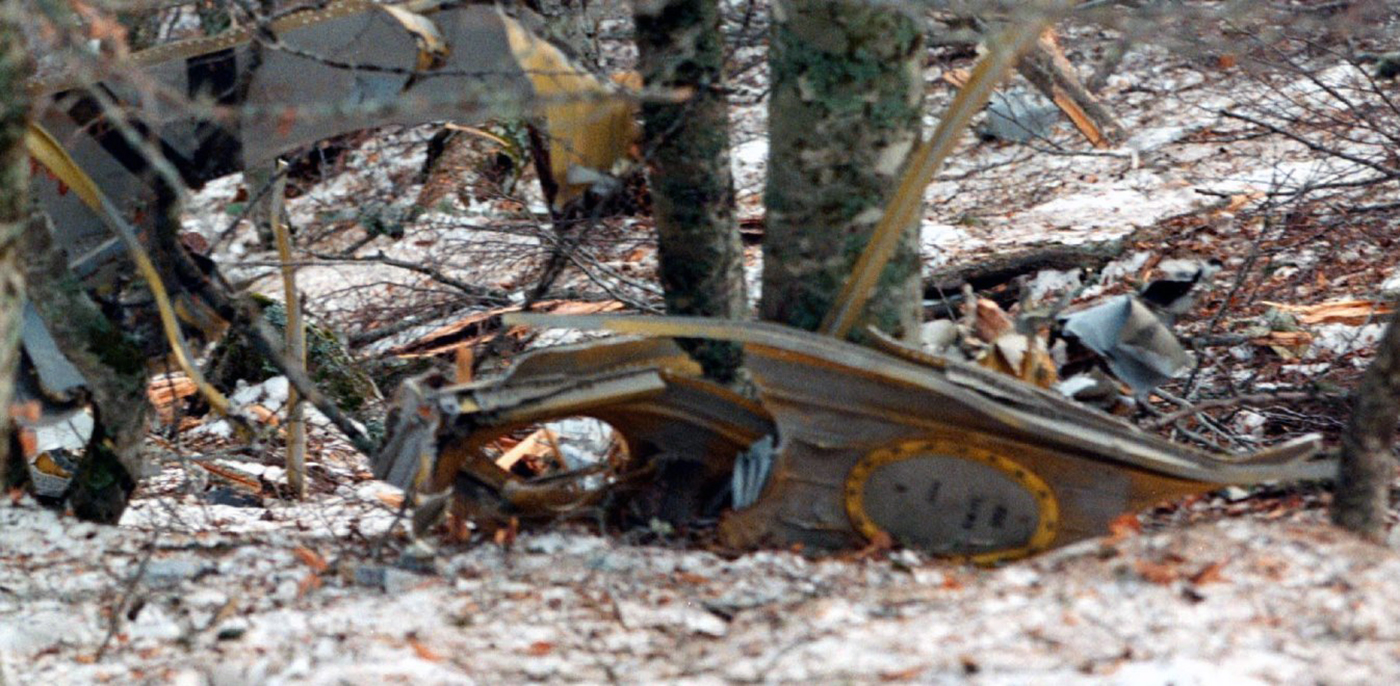
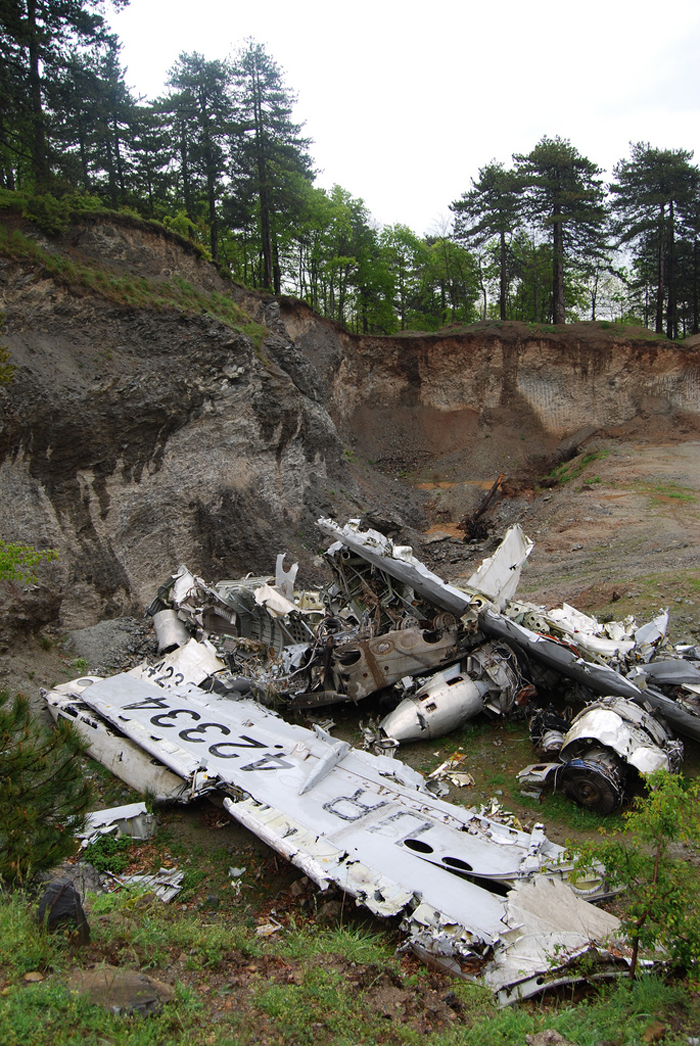
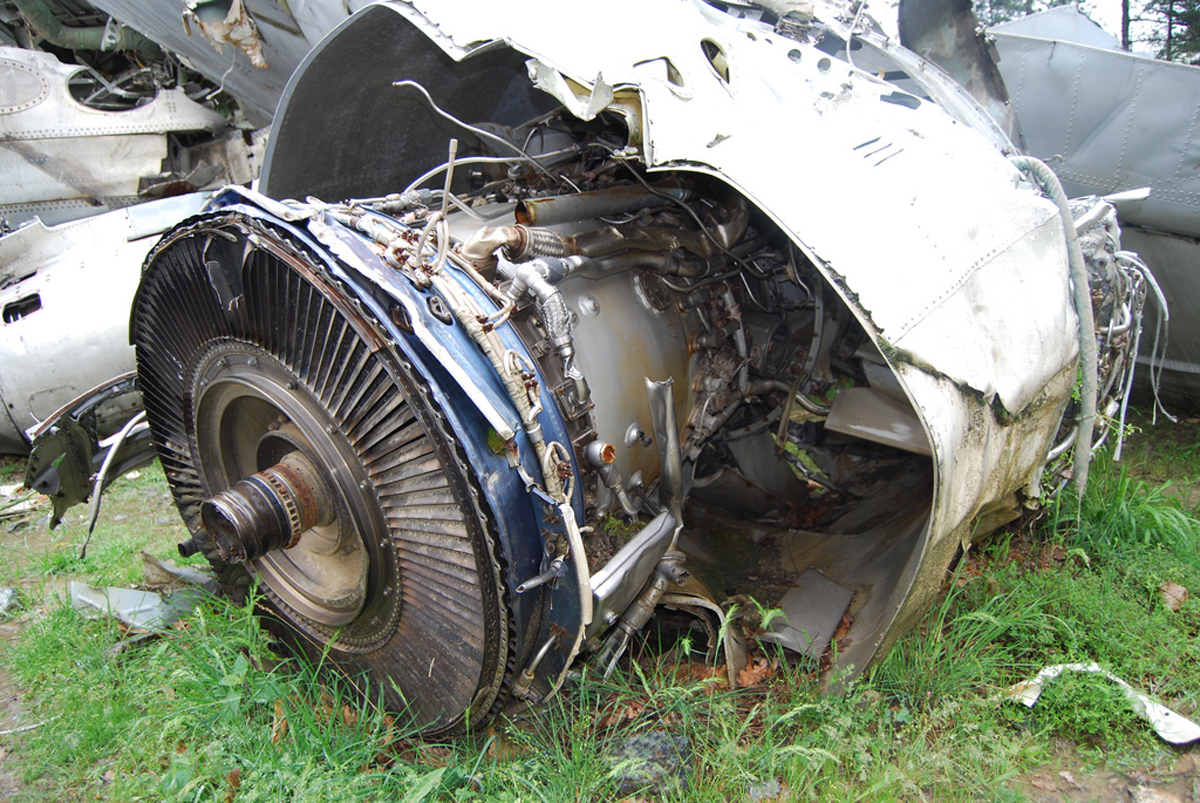
Crash of a Yakovlev Yak-42D in Ohrid: 116 killed
Date & Time:
Nov 20, 1993 at 2330 LT
Registration:
RA-42390
Survivors:
No
Schedule:
Geneva - Skopje
MSN:
40 16 557
YOM:
1990
Flight number:
AXX110
Crew on board:
8
Crew fatalities:
Pax on board:
108
Pax fatalities:
Other fatalities:
Total fatalities:
116
Circumstances:
The three engine aircraft departed Geneva-Cointrin Airport in the evening on a charter flight to Skopje, carrying 8 crew members and 108 passengers, most of them citizens from Kosovo working in Switzerland and returning home for the winter break. While descending to Skopje-Brazda Airport, the crew was instructed by ATC to divert to Ohrid due to poor weather at Skopje (snow falls). On final approach to Ohrid Airport in limited visibility, the crew failed to realize his altitude was insufficient when the GPWS alarm sounded for seven seconds. The aircraft struck tree tops and crashed on the slope of Mt Trojani (1,204 metres high) located 2 km from the airport. A man aged 20 was seriously injured while 115 other occupants were killed. Few days after the crash, the only survivor died from his injuries.
Probable cause:
The accident was caused by a significant deviation of the aircraft from the established approach path and the lack of information from the crew about the exact position of the aircraft while descending in IMC conditions that excluded a visual approach. The following contributing factors were reported:
- The Ohird VOR was unserviceable at the time of the accident,
- The visibility was poor due to the night and marginal weather conditions,
- The crew failed to follow the traffic pattern on approach to Ohrid Airport and continued to descend despite the fact they were unaware of their exact position,
- The crew failed to comply with published procedures, which led to the loss of proper control over the parameters of the aircraft movement in altitude, the impossibility of landing from the first approach and the failure to maintain the established flight altitudes during subsequent maneuvers;
- No VOR signal in the cockpit,
-Insufficient illumination of the Ohrid motorway in relation to the possibility of using it as a spare, which, in the conditions of a malfunction of the RTO and the absence of radar control and radio direction finding, significantly complicated the actions of the crew and dispatcher to control the aircraft position,
- Implementation by the crew of their unjustified decision to attempt a second approach without VOR indication on board, which led to the loss of his exact location,
- Underestimation of the danger of the situation by ATC based at Ohrid Airport when he realized the loss of orientation by the crew while flying over a mountainous area. ATC failed to take all possible measures to prevent the aircraft from colliding with obstacles and disoriented the crew about the possibility of landing in this situation, expressed in the requirement to report receiving a signal derived from the localization beacon regulations ("REPORT LOCALIZER ESTABLISHED"), which was perceived by the crew as 'cleared to continue the approach'.
- The Ohird VOR was unserviceable at the time of the accident,
- The visibility was poor due to the night and marginal weather conditions,
- The crew failed to follow the traffic pattern on approach to Ohrid Airport and continued to descend despite the fact they were unaware of their exact position,
- The crew failed to comply with published procedures, which led to the loss of proper control over the parameters of the aircraft movement in altitude, the impossibility of landing from the first approach and the failure to maintain the established flight altitudes during subsequent maneuvers;
- No VOR signal in the cockpit,
-Insufficient illumination of the Ohrid motorway in relation to the possibility of using it as a spare, which, in the conditions of a malfunction of the RTO and the absence of radar control and radio direction finding, significantly complicated the actions of the crew and dispatcher to control the aircraft position,
- Implementation by the crew of their unjustified decision to attempt a second approach without VOR indication on board, which led to the loss of his exact location,
- Underestimation of the danger of the situation by ATC based at Ohrid Airport when he realized the loss of orientation by the crew while flying over a mountainous area. ATC failed to take all possible measures to prevent the aircraft from colliding with obstacles and disoriented the crew about the possibility of landing in this situation, expressed in the requirement to report receiving a signal derived from the localization beacon regulations ("REPORT LOCALIZER ESTABLISHED"), which was perceived by the crew as 'cleared to continue the approach'.
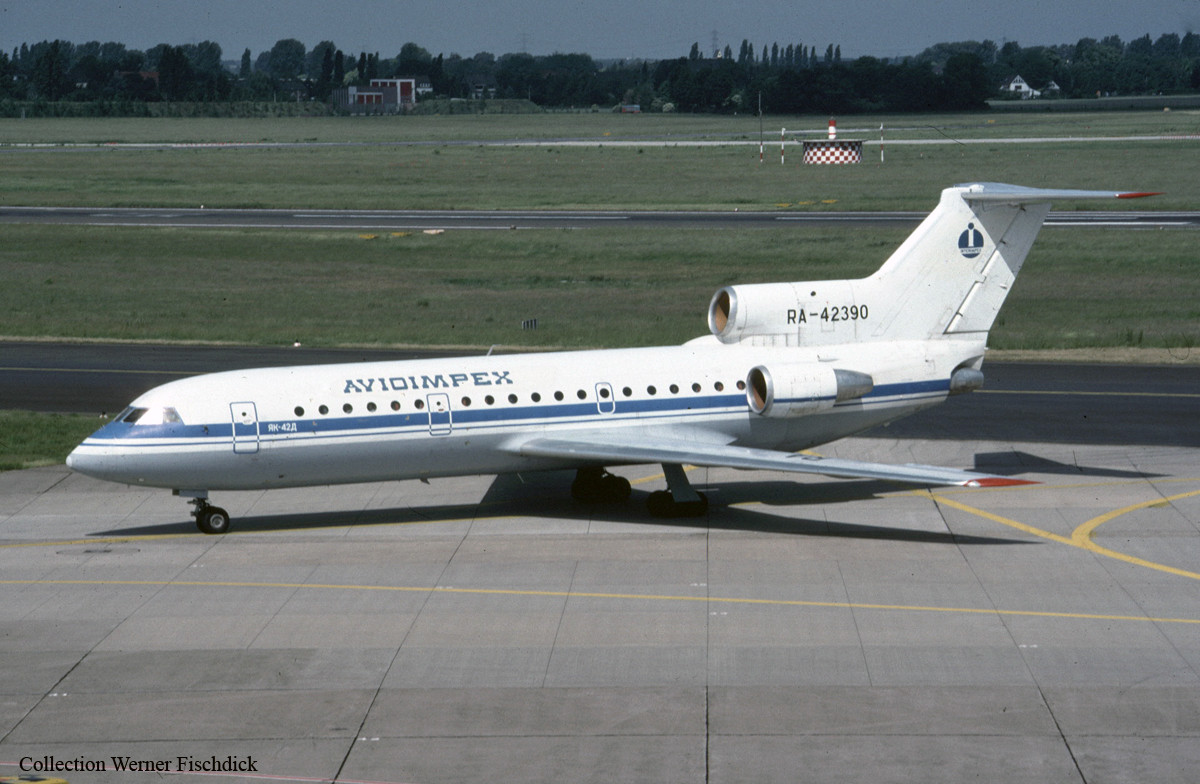

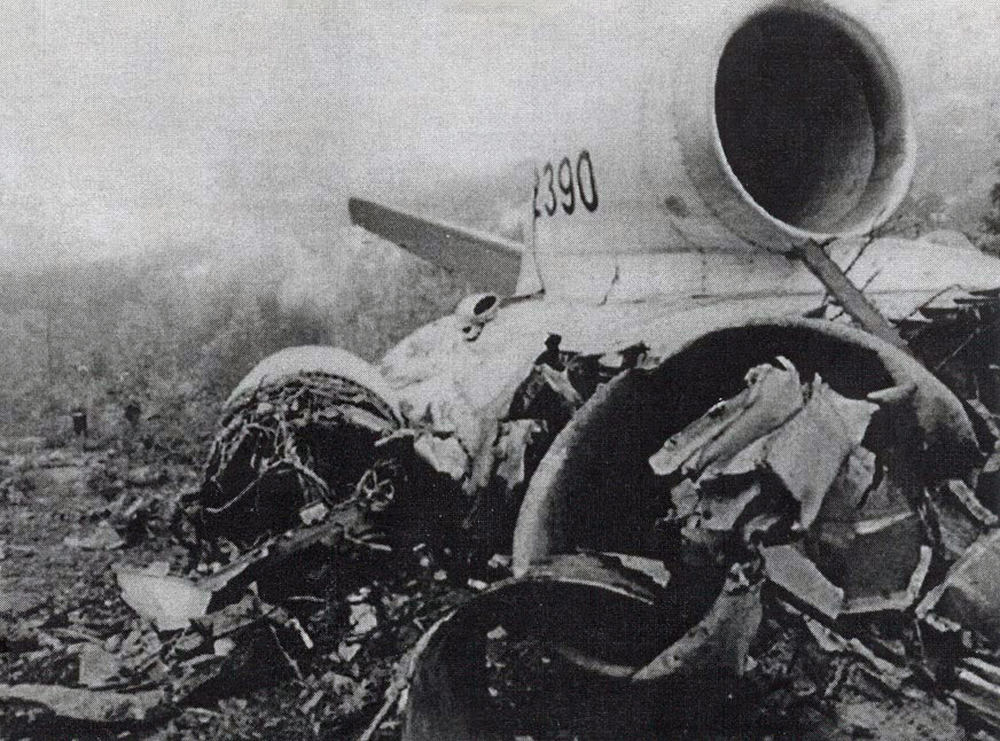
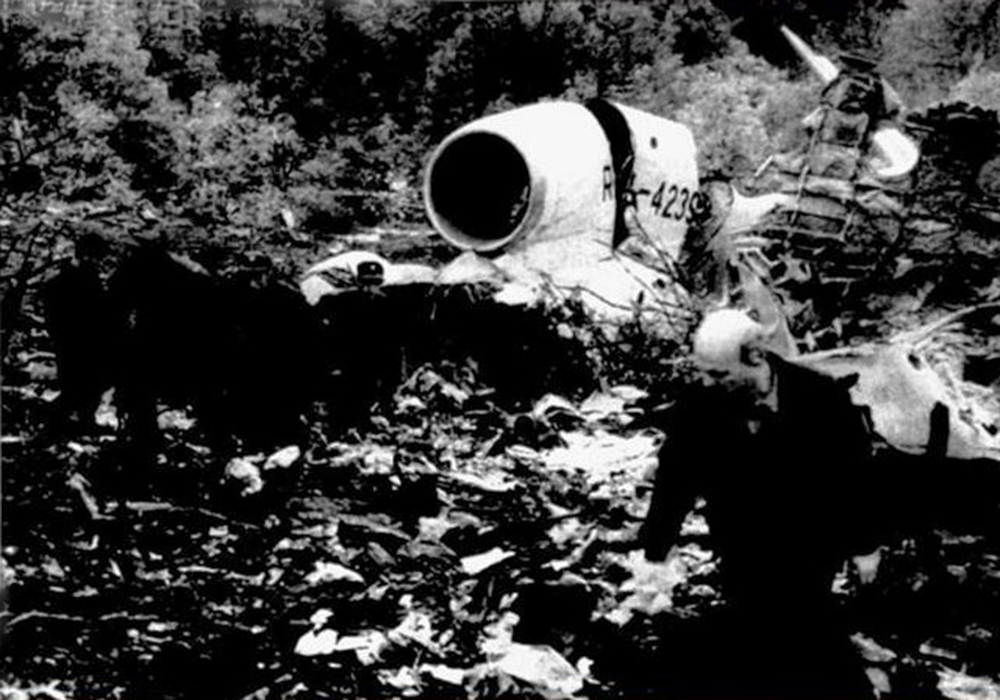
Crash of a Yakovlev Yak-42D in Nankin: 107 killed
Date & Time:
Jul 31, 1992 at 1512 LT
Registration:
B-2755
Survivors:
Yes
Schedule:
Nankin - Xiamen
MSN:
21 16 644
YOM:
1992
Flight number:
GP7552
Crew on board:
10
Crew fatalities:
Pax on board:
116
Pax fatalities:
Other fatalities:
Total fatalities:
107
Circumstances:
During the takeoff roll on runway 06, after passing decision speed, the crew started to rotate but the aircraft failed to respond. The crew aborted takeoff and initiated an emergency braking procedure. Unable to stop within the remaining distance, the aircraft overran and rolled for about 420 meters. At a speed of 210 km/h, it struck successively a 6,7 metres deep drainage ditch and a 2 metres high embankment before coming to rest, bursting into flames. 19 people including one crew member were injured while 107 other occupants were killed.
Probable cause:
It was determined that the crew did not prepare the flight according to published procedures and failed to follow the pre-takeoff checklist. As a result, the aircraft was unable to takeoff because the elevator trim was set in a landing configuration.
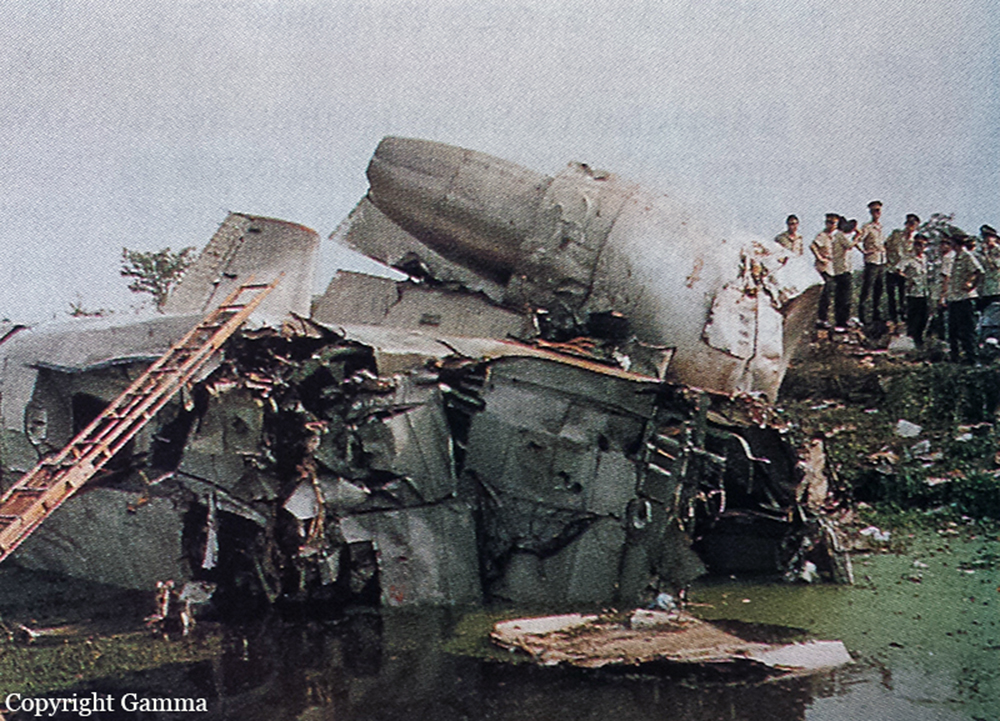
Crash of a Yakovlev Yak-42 in Sverdlovsk: 4 killed
Date & Time:
Sep 14, 1990 at 0153 LT
Registration:
CCCP-42351
Survivors:
Yes
Schedule:
Volgograd – Sverdlovsk – Ekaterinbourg
MSN:
18 11 379
YOM:
1988
Flight number:
SU8175
Crew on board:
5
Crew fatalities:
Pax on board:
124
Pax fatalities:
Other fatalities:
Total fatalities:
4
Aircraft flight hours:
4509
Aircraft flight cycles:
2824
Circumstances:
Following an uneventful flight from Volgograd, the crew started a night descent to Sverdlovsk-Koltsovo Airport. On final approach, the crew failed to realize he was misaligned and that his altitude was insufficient when the aircraft struck trees. It descended until it crashed in an open field located 1,700 meters short of runway 08 threshold and came to rest, broken in two. Three passengers and a crew member were killed while all other occupants were evacuated, among them 40 were wounded.
Probable cause:
The accident was the consequence of the combination of the following factors:
- Crew fatigue due to excessive duty calendar,
- The crew neglected several procedures and adopted a wrong approach configuration,
- The aircraft was not properly aligned on the glide and was approaching at an insufficient altitude,
- The crew failed to initiate a go-around procedure,
- Lack of crew coordination,
- Absence of crew crosscheck on approach.
- Crew fatigue due to excessive duty calendar,
- The crew neglected several procedures and adopted a wrong approach configuration,
- The aircraft was not properly aligned on the glide and was approaching at an insufficient altitude,
- The crew failed to initiate a go-around procedure,
- Lack of crew coordination,
- Absence of crew crosscheck on approach.
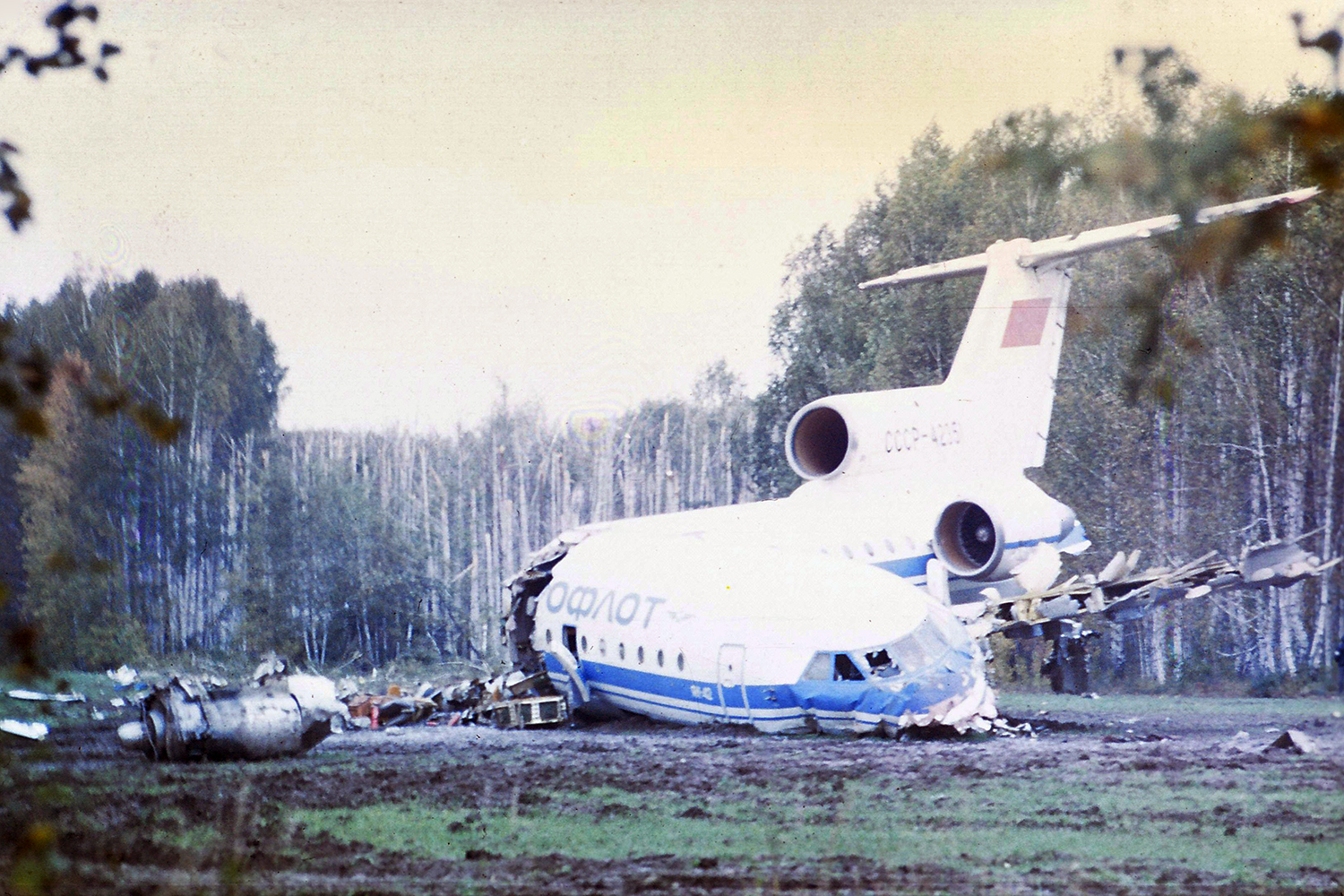

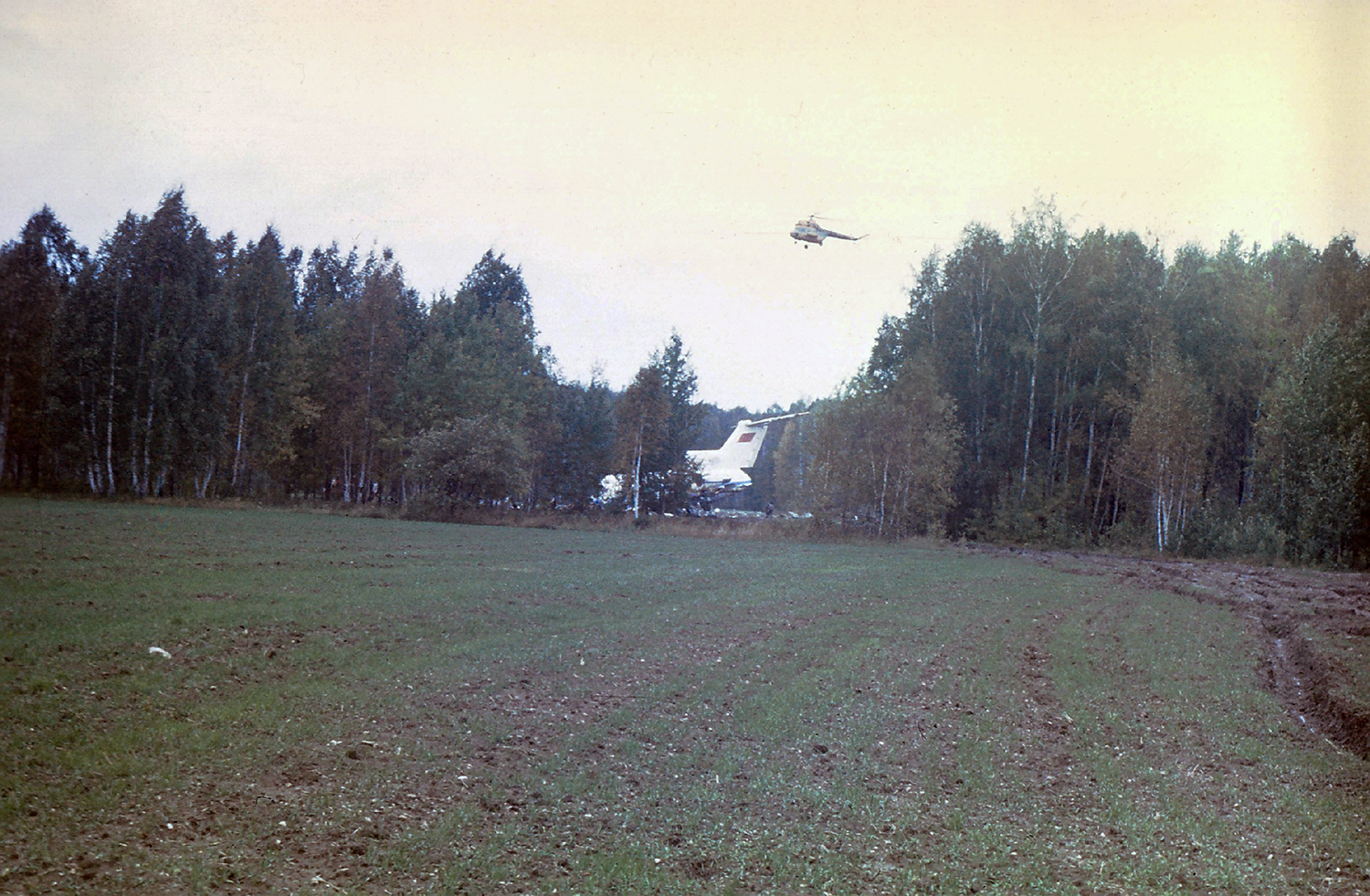
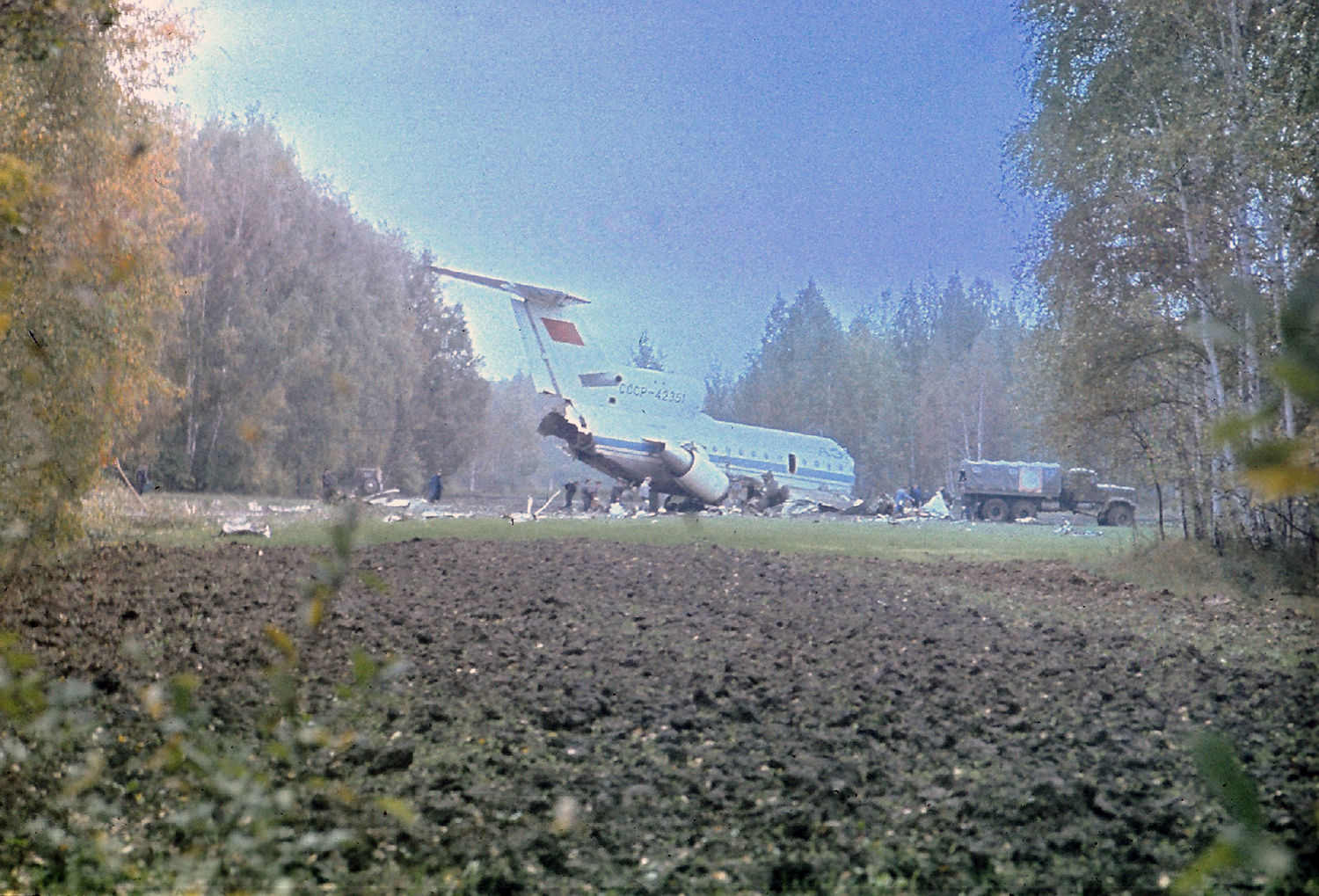

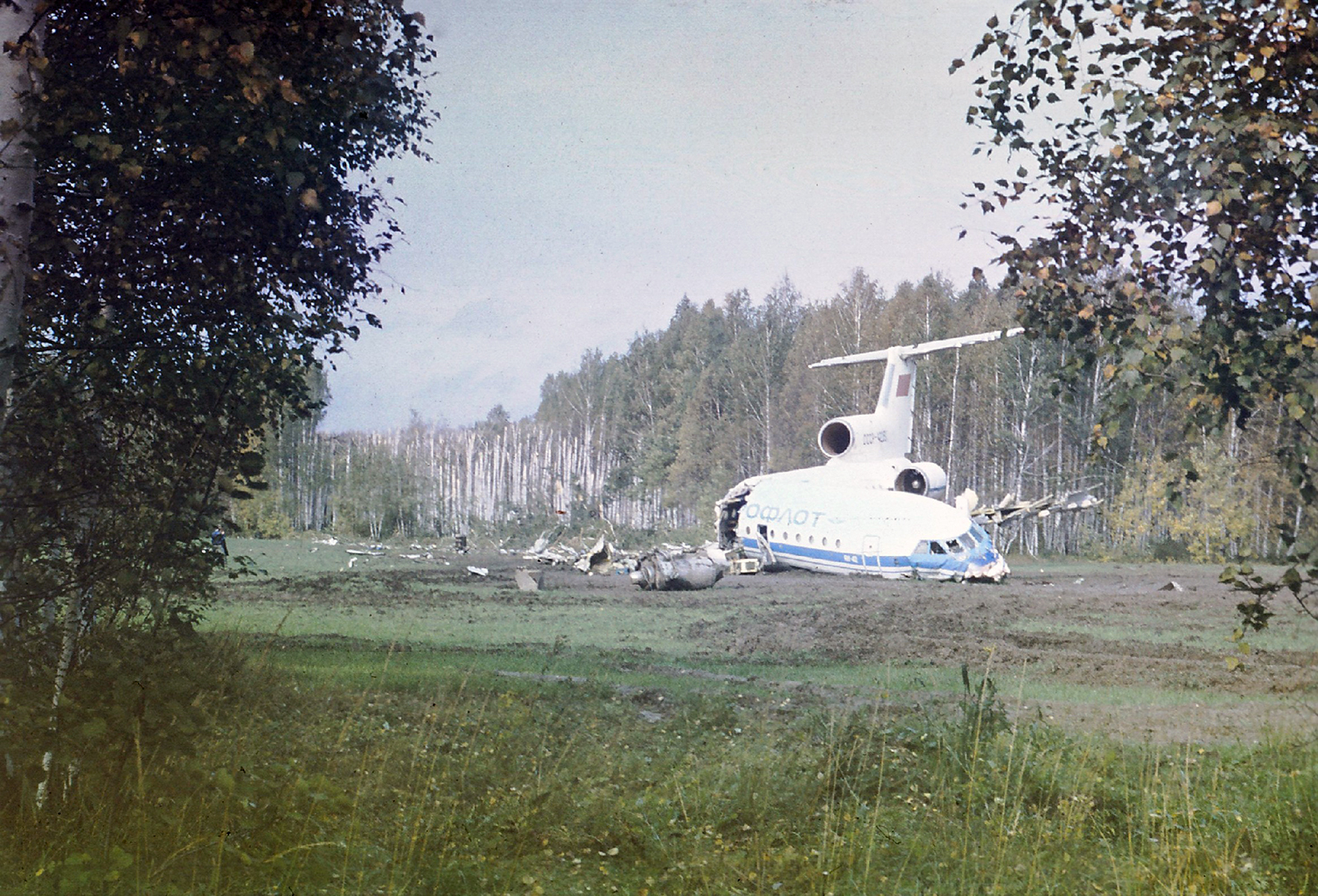


Crash of a Yakovlev Yak-42 in Verbovichi: 132 killed
Date & Time:
Jun 28, 1982 at 1051 LT
Registration:
CCCP-42529
Survivors:
No
Schedule:
Leningrad - Kiev
MSN:
11 04 01 04
YOM:
1981
Flight number:
SU8641
Crew on board:
8
Crew fatalities:
Pax on board:
124
Pax fatalities:
Other fatalities:
Total fatalities:
132
Aircraft flight hours:
795
Aircraft flight cycles:
496
Circumstances:
Enroute from Leningrad to Kiev, the crew was cleared to descend from 9,000 to 7,800 meters in order to avoid a thunderstorm area. Few minutes later, the three engine aircraft entered a dive. During an uncontrolled descent, the aircraft lost several elements then partially disintegrated and eventually crashed at a speed of 810 km/h in fields and wooded areas. A huge crater was found at the point of impact, near the village of Verbovichi, and debris scattered all around on an area of 22,7 km2 (6,5 km long and 3,5 km wide). The accident was not survivable.
Probable cause:
It was determined that the crew lost control of the airplane after the jackscrew connected to the stabilizers mechanism failed due to an abnormal wear and also a structural imperfection of its mechanism. This caused the stabilizers to move down and to remain blocked in the down position. Despite several attempts, the crew was unable to regain control of the aircraft. Aerodynamic forces caused few elements of the airplane to brake off as they exceeded their certification. Investigations revealed that it was not possible for those in charge of the Yak-42 maintenance to detect the jackscrew abnormal wear because of an incomplete maintenance program. Similar problems were found on other Yak-42 and its certificate of airworthiness was suspended during investigations. Following modifications and updates, the Yak-42 came back into service at the end of the year 1984.
